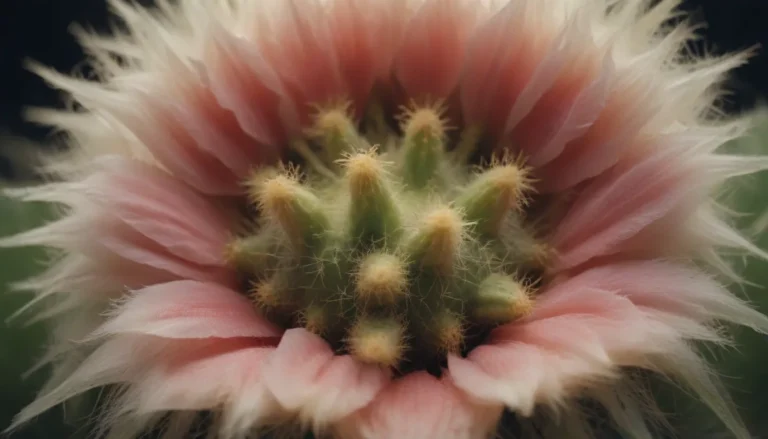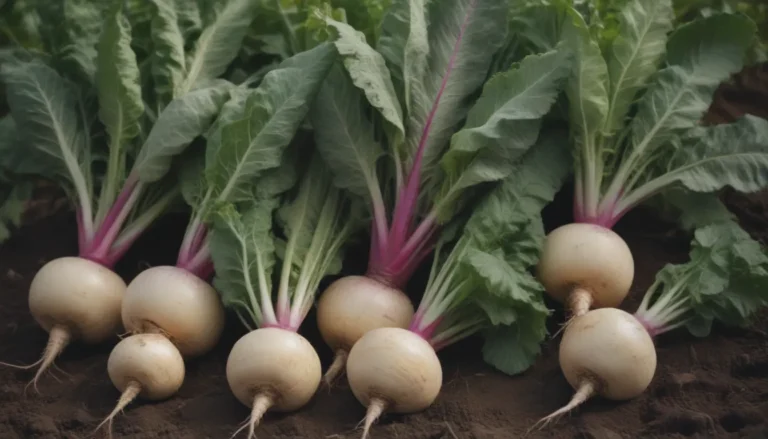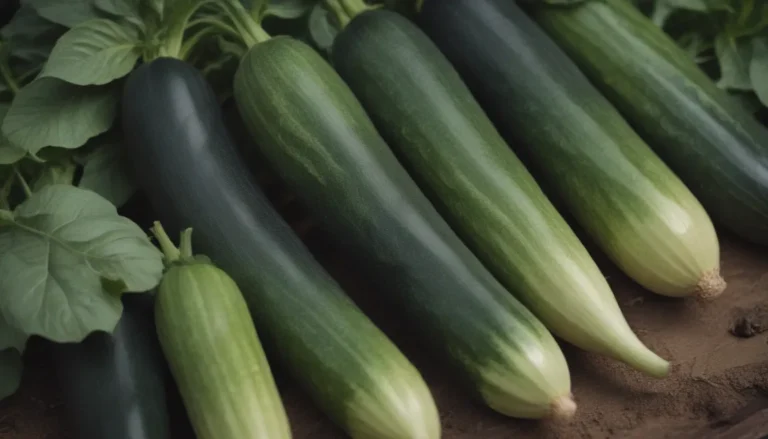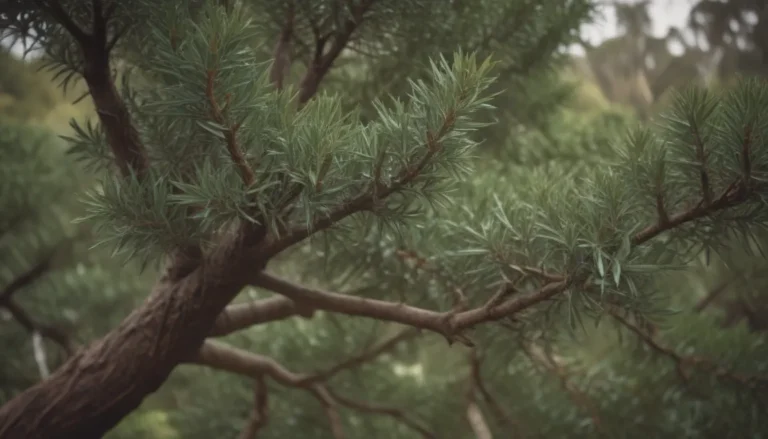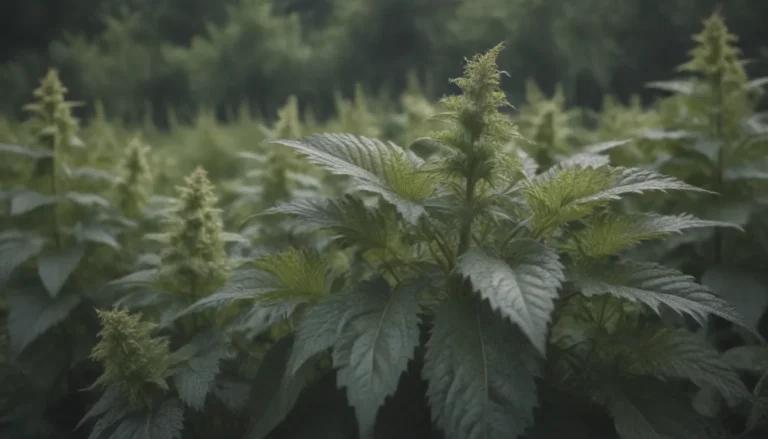The Ultimate Guide to Growing and Caring for Lavender Indoors

Lavender (Lavandula spp.) is a beloved perennial plant that is often seen in outdoor gardens attracting bees and other pollinators with its fragrant blooms. While it thrives in outdoor flower beds, it is also possible to grow lavender indoors. In this comprehensive guide, we will explore the steps you need to take to successfully grow and care for lavender in your home, ensuring you have access to its calming aromas year-round.
Can You Grow Lavender Indoors?
Lavender may not be a traditional houseplant, but with the right conditions, it can flourish indoors. To successfully grow lavender indoors, it needs ample sunlight. Placing your potted lavender in a south-facing window or under an LED grow light will provide the light it needs to thrive. Indoor temperatures should be kept between 50 and 70 degrees Fahrenheit for the plant to remain healthy.
There are over 450 varieties of lavender, but some of the best options for indoor growth include French lavender, Canary Island lavender, and fernleaf lavender. With proper care and attention, you can enjoy the beauty and fragrance of lavender blooms all year long.
How to Grow Lavender Indoors
Sunlight
One of the key factors for successfully growing lavender indoors is ensuring it receives enough sunlight. Lavender thrives in sunny conditions and should ideally receive at least four hours of direct sunlight each day. To promote uniform growth, rotate your potted lavender once a week. Without adequate light, lavender may not produce its signature blooms and may be more vulnerable to pests and diseases.
Artificial Light
If your living space lacks consistent sunlight, consider investing in an LED grow light to provide the necessary light for your lavender plant. Hang the grow light 14 to 30 inches above the plant and keep the lavender under the light for at least 12 hours a day.
Temperature and Humidity
Indoor lavender should be kept at temperatures ranging from 50 to 55 degrees Fahrenheit at night and around 70 degrees Fahrenheit during the day in spring and fall. In late fall and winter, lower the nighttime temperature to 45 to 50 degrees Fahrenheit and daytime temperature to 60 to 65 degrees Fahrenheit. Lavender prefers low humidity, making it well-suited for indoor environments with humidity levels of 40 percent or lower.
Watering
Potted lavender requires more frequent watering than when planted outdoors. Water your indoor lavender approximately every 10 to 14 days. Before watering, check the soil moisture by feeling the soil with your finger to prevent overwatering.
Fertilizer
Fertilize your indoor lavender plant only during the spring and summer months using organic plant food suitable for containers or a water-soluble plant food solution at half the recommended strength.
Pruning and Maintenance
Regular pruning is essential for maintaining a healthy lavender plant. Prune away stems with flowers to encourage new growth and a fuller plant. Trim your lavender after the first bloom in spring and again in fall to promote healthy growth.
Container and Size
Choose a pot that is one to two inches larger than the plant’s rootball for planting lavender indoors. Ceramic and terracotta pots are ideal for growing lavender.
Potting Soil and Drainage
Lavender thrives in well-drained, slightly gritty soil. For indoor cultivation, use a quick-draining mix of high-quality potting soil and cactus soil, supplemented with limestone if needed.
Potting and Repotting Lavender
When potting lavender, ensure the pot has drainage holes at the bottom. Fill the pot with soil, leaving space at the top. Loosen the roots gently before planting and leave half an inch between the soil and the pot’s rim. Lavender is a slow-growing shrub and typically requires repotting every one to two years to allow for adequate growth.
Moving Lavender Outdoors
During the spring and summer, you can move your lavender outdoors as it is cold-hardy and can thrive outside year-round. Keep an eye out for common pests like whiteflies, spider mites, leafhoppers, and spittlebugs when growing lavender outdoors.
Propagating Lavender
Propagating lavender is a rewarding and straightforward process. One of the easiest methods is propagation from cuttings, which root easily in nutrient-rich soil. Take cuttings between June and September for successful propagation.
In conclusion, growing lavender indoors can be a fulfilling endeavor with the right knowledge and care. By providing adequate light, proper watering, and maintenance, you can enjoy the beauty and fragrance of lavender blooms right in your home. Follow these tips and techniques, and you’ll have a thriving indoor lavender plant that provides year-round aromatic delights.
